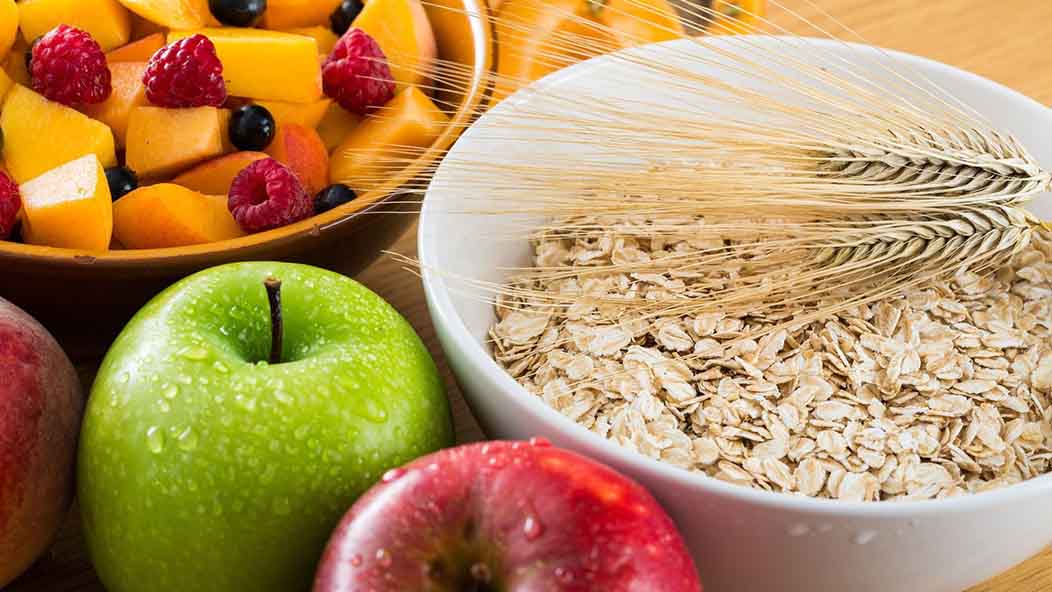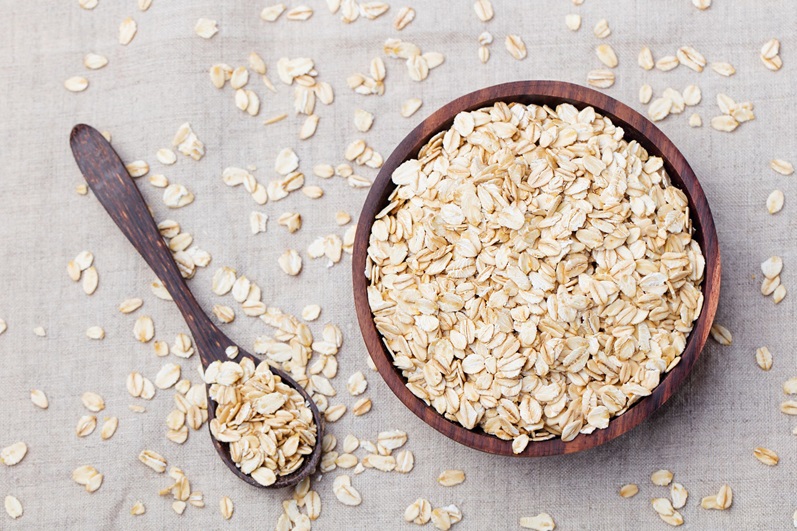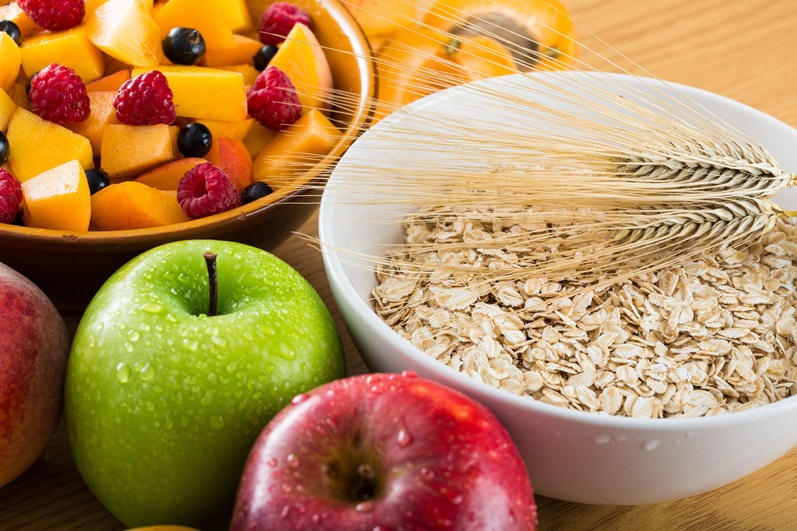Join Our eNewsletter!
Subscribe to our monthly newsletter to receive encouraging advice to help you lead a healthy lifestyle.

You’re Probably Not Getting Enough Fiber – Here’s What to Do About It
By Madeline Hunt, MD
Getting the right amount of fiber in your diet is associated with excellent digestive health, lower incidence of obesity, and reduced risk for heart disease, Type 2 diabetes, and even certain cancers. But say the word “fiber” and you may think of dry, tasteless cereals and gritty powder supplements stirred into beverages.
Perhaps it’s this misconception about fiber that has only about 5% of the population getting the recommended amount, putting the other 95% of us, even you, at risk for significant health concerns. But the truth is that fiber is not only an important nutrient to include in our diets – it’s also packed into some very diverse and tasty food choices.
The Importance of Fiber
How does fiber work? Here, two answers are needed. Soluble fiber is a type of fiber that breaks down in your body – and by doing so, it can help control blood sugar, lower blood pressure and cholesterol, and even reduce your risk for heart attack. Insoluble fiber has a different job. It doesn’t break down but instead helps other foods move through your system more easily, helping with digestion and reducing your risk for certain cancers.
Where to Find Fiber

One misconception about fiber is that it is only found in whole grains. And while these kinds of foods, like whole oats, for example, do offer plenty of fiber, there are many options you can include in your diet to help you reach the daily recommended amount of 25 grams per day for women and 38 grams per day for men:
Fruits – Many fruits are packed with fiber, offering a tasty and even sweet way to get more fiber into your diet. One cup of raspberries has 8 grams of fiber. Other good choices include pears, apples with the skin on, bananas, oranges, and strawberries.
Vegetables – Likewise, a variety of vegetables give you more ways to increase your daily fiber intake. One cup of boiled green peas has 9 grams of fiber. Other good choices include boiled broccoli, turnip greens, brussels sprouts, potatoes, and sweet corn.

Nuts, seeds, and legumes – These healthy options are lauded by dietitians for many reasons – but perhaps most impressive is their fiber content. One cup of boiled split peas contains as much as 16 grams of fiber, with boiled lentils and black beans not far behind at 15 grams each. Other great options include baked beans, chia seeds, and almonds.
Grains – And of course no discussion of fiber would be complete without grains. In addition to whole-wheat breads, pastas, and cereals, you can get fiber from pearled barley, quinoa, oatmeal, and even popcorn.
Though statistics say the vast majority of us aren’t getting enough fiber in our diets, reaching the daily recommended amounts can be easy – and delicious – if you know your options. You can discuss your own fiber and dietary needs with a Kelsey-Seybold dietitian or your Primary Care physician. Together, you can develop a diet plan that meets your nutritional needs and ensures you’re getting enough fiber each and every day.


